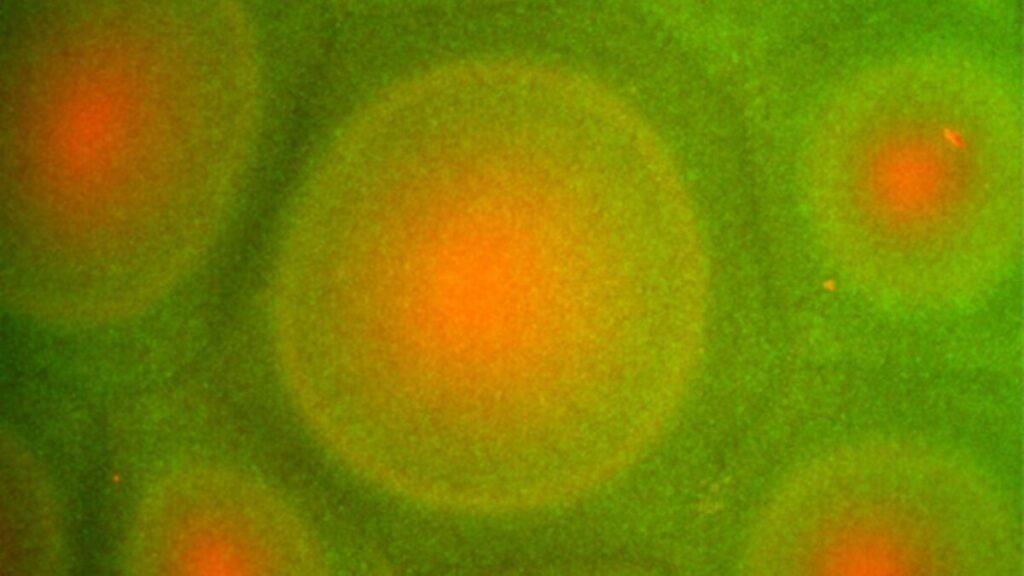The Secret World of Bacterial Magic: Unveiling the Collective Behavior Mystery

The hidden world of bacteria unveils mesmerizing dances happening on incredible scales. A pioneering study conducted in a Mexican desert oasis uncovered the astonishing geometric patterns created by microbial communities, offering profound insights beyond their sheer beauty.
### Unveiling Ancient Secrets
The investigation took place in the Cuatro Ciénegas Basin, a sanctuary in northern Mexico mirroring the conditions of early Earth. Microorganisms thriving in extreme habitats were gathered by scientists, showcasing their evolutionary prowess in survival and providing a perfect setting to explore their collective dynamics.
Upon transferring the cultures to a laboratory in Israel, researchers stumbled upon a remarkable discovery: despite their static environment, the organisms crafted visible stripes, hexagons, and ripples. Each species displayed its distinct design, almost like leaving its signature on the water.
### Deciphering Bioconvection Mysteries
The captivating designs can be attributed to a delicate interplay of forces. Bacteria, in search of oxygen, ascend towards the surface but are pulled back down by gravity due to their higher density than water. This perpetual movement, known as bioconvection, generates currents that sustain the microscopic ballet.
What truly baffled scientists was the diversity among species: each one showcased its unique visual language, a geometric code mirroring its motion style. Hexagons, winding lines, or irregular shapes intertwined like a living mosaic, shedding light on the logic of collective systems, ranging from schools of fish to swarms of robots.
The unexpected took place when different species were mixed together. Instead of blending into a uniform pattern, each group maintained its distinct territory, forming invisible boundaries. Through tracking technology, researchers traced how every community upheld its space, heeding even minor differences like swimming speed or frequency of direction changes.
The study emphasized how slight deviations as tiny as two microns in bacterial movement could amplify into structures thousands of times larger. It served as an eye-opening lesson on how individual nuances can shape vast collective architectures.
Experts suggest that these dynamics could elucidate survival tactics preventing bacterial collisions and optimizing oxygen access. Beyond microbiology, the findings have implications in active matter physics, exploring how self-propelled motion sparks spontaneous organization, potentially inspiring innovations in material design and robotic intelligence systems.
Commencing in the tranquil waters of Cuatro Ciénegas, the research uncovered a natural spectacle where each bacterium contributes a stroke. This ancient choreography, unfolding on a microscopic scale, echoes the fundamental principles guiding bird flight or human crowd movement.






